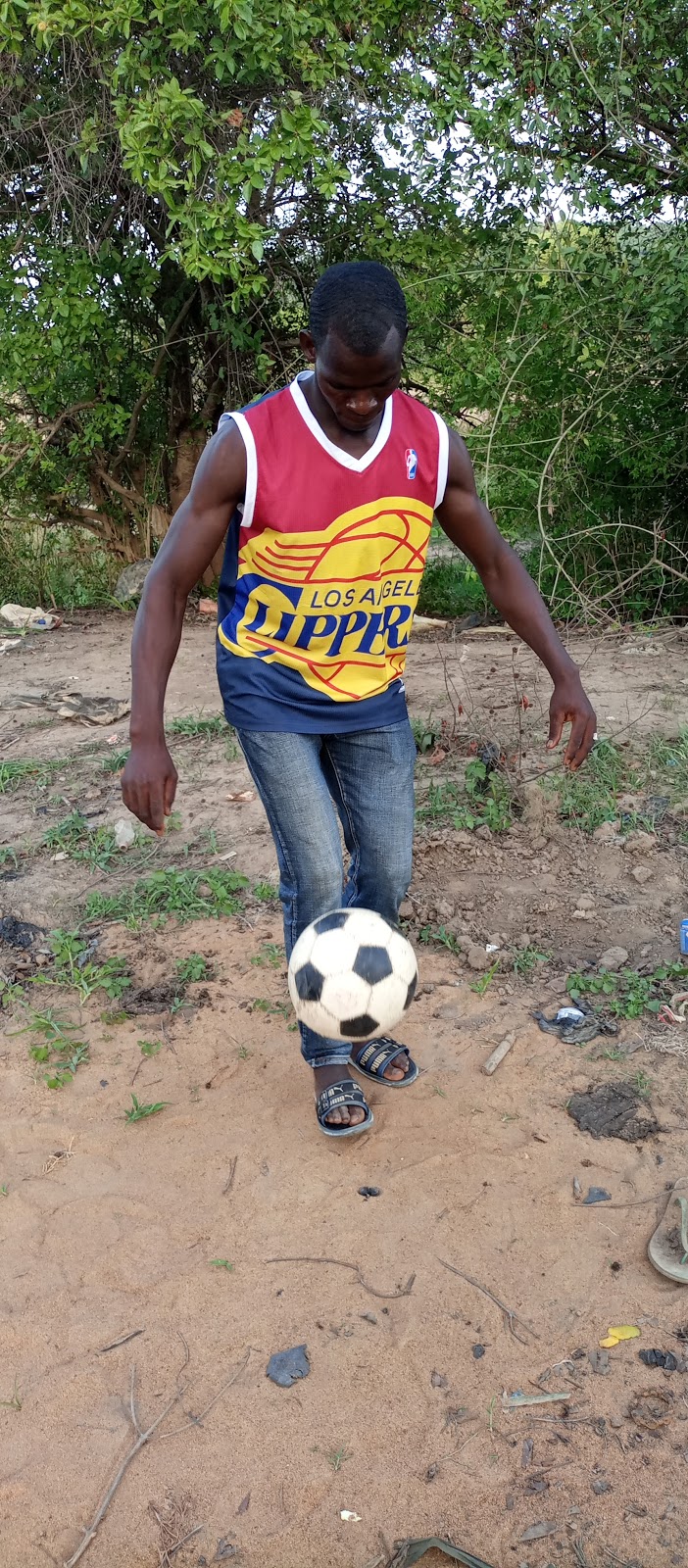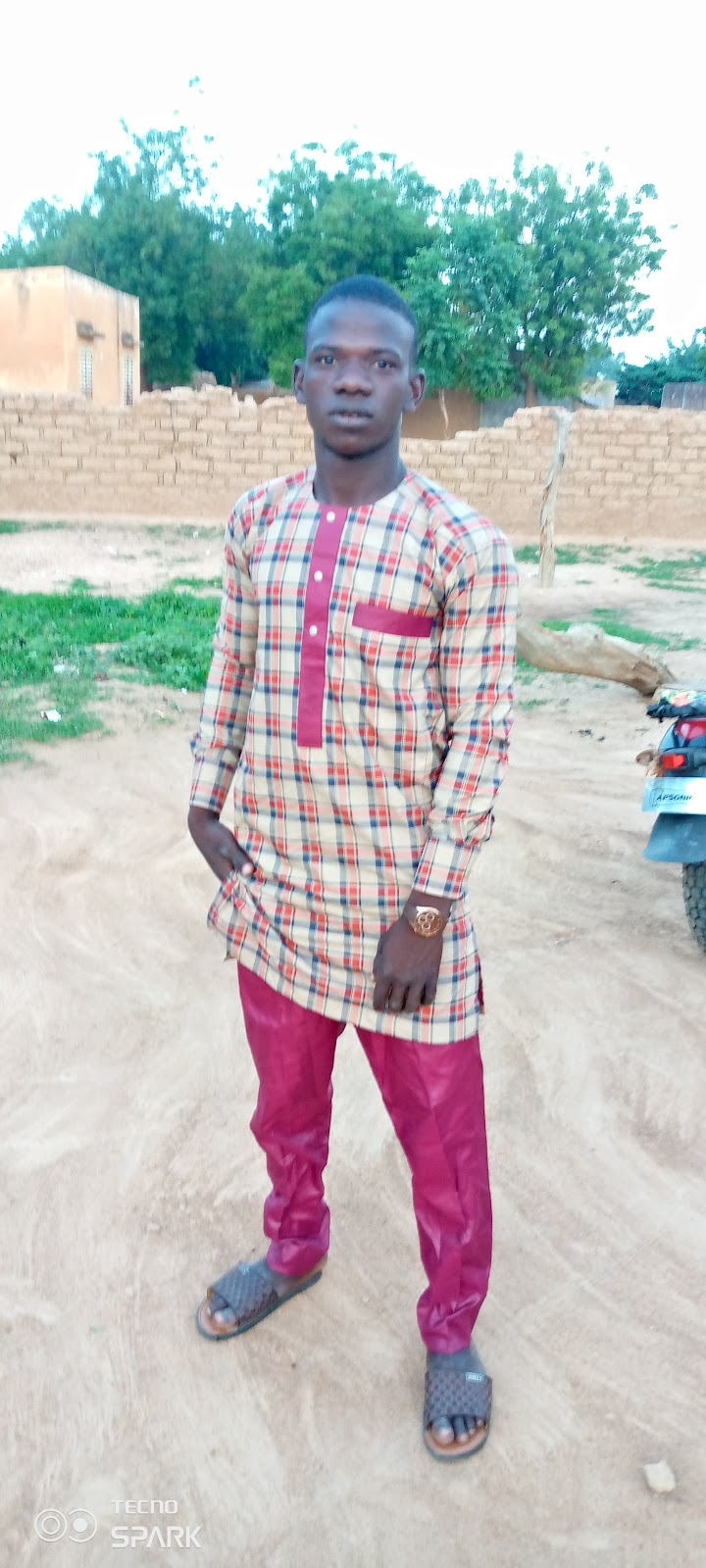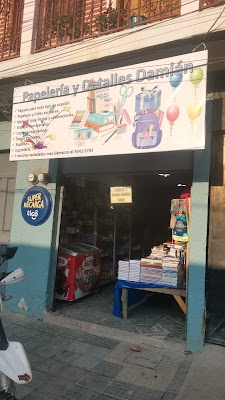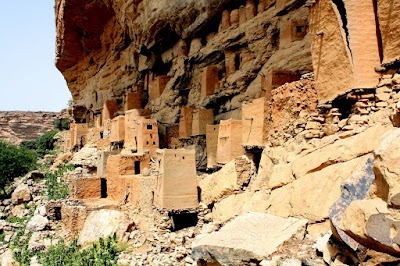Ségou Artisan Village (Village Artisanal de Ségou)
Related Places
Overview
Nestled in the heart of the Ségou Region in Mali, the enchanting **Ségou Artisan Village**, also known as Village Artisanal, is a vibrant hub of craftsmanship and culture. This treasure trove showcases the rich traditions of Malian artistry, weaving together history with contemporary creativity. Visitors are immediately struck by the intricate craftsmanship and the passionate dedication of the artisans who call this village home.
The inception of the Ségou Artisan Village arose from a collective desire to preserve and promote traditional Malian crafts. Local government and cultural organizations recognized that the region's artisanal heritage was at risk of fading away. In collaboration with international cultural preservation bodies, they set out to create a unique space that serves both as a marketplace and a living museum for Malian art.
Construction of the village began in the early 2000s, fueled by the community’s unwavering dedication and collaborative spirit. The architectural design draws inspiration from traditional Malian styles, featuring mudbrick structures and intricate wooden carvings. These elements not only enhance the village's aesthetic appeal but also embrace sustainability, utilizing local materials and age-old building techniques that keep the interiors cool and comfortable.
Artisans played a pivotal role in the development of the village. Skilled craftsmen and women from the surrounding region contributed their expertise, making the construction process a true community endeavor. They brought with them unique skills in pottery, weaving, leatherwork, and metalwork, embedding their craft into the very essence of the village.
Today, the Ségou Artisan Village is a thriving market where visitors can witness artisans in action. Each workshop offers a unique glimpse into different craft traditions. Marvel at potters shaping clay into exquisite vessels, weavers creating intricate textiles, and metalworkers crafting ornate jewelry. The air buzzes with the rhythmic sounds of creation, harmonizing with the vibrant colors and textures of the crafts on display.
One of the village's standout features is its commitment to education and cultural exchange. Regular workshops and demonstrations allow visitors to try their hand at various crafts, fostering a deeper appreciation for the labor and creativity involved. Local schools frequently organize field trips, ensuring that the younger generation remains closely connected to their heritage.
The village also serves as an eco-friendly model, promoting sustainable practices in both construction and craft-making. Many artisans utilize recycled materials, transforming potential waste into stunning works of art. This eco-conscious approach extends to the village's upkeep, where traditional methods of water conservation and waste management are employed.
**Economic empowerment** is a vital aspect of the Ségou Artisan Village. Artisans sell their creations directly to visitors, ensuring fair compensation for their work. This marketplace model enhances the livelihoods of local families and sustains the community's economy. Additionally, the village has forged connections with international fair-trade organizations, expanding the reach of Malian crafts to a global audience.
Seasonal festivals and cultural events further enrich the vibrant atmosphere of the village. The **Ségou Art Fair**, for instance, attracts artists and visitors from around the world, showcasing the best of Malian art while providing a platform for cultural exchange. Musicians, dancers, and storytellers also find a stage here, enhancing the experience with performances that celebrate the region's rich traditions.
In essence, the Ségou Artisan Village is more than just a marketplace; it is a living testament to the resilience and creativity of Mali's artisanal heritage. Serving as a beacon of cultural pride, it bridges the past and present while paving the way for future generations to embrace their heritage. Through its bustling workshops, educational initiatives, and eco-friendly practices, the village embodies a model of community-driven preservation and economic sustainability. In every corner, it whispers stories of craftsmanship, community, and cultural legacy, inviting all who visit to become a part of its ongoing narrative.









